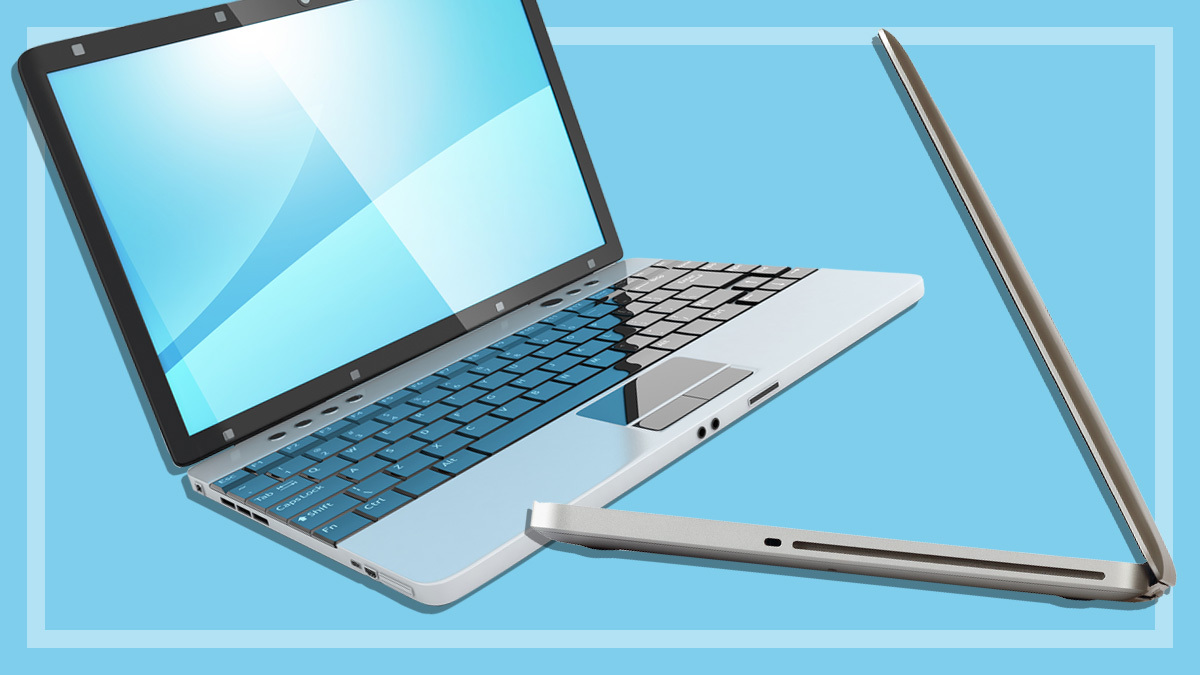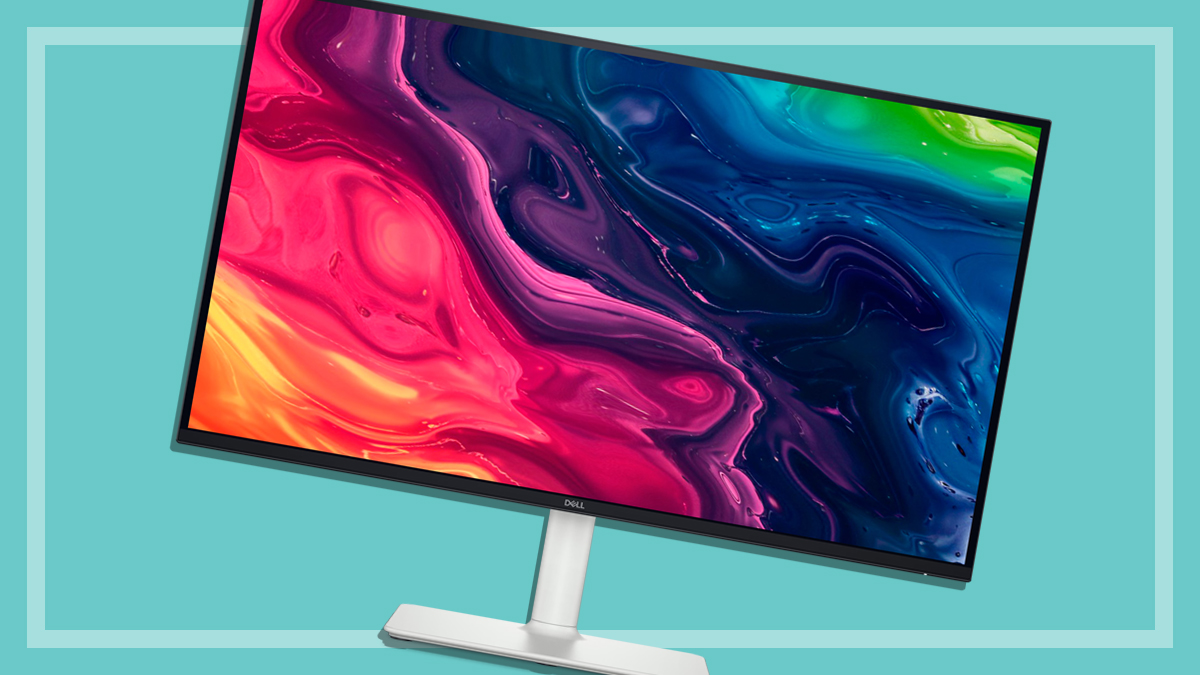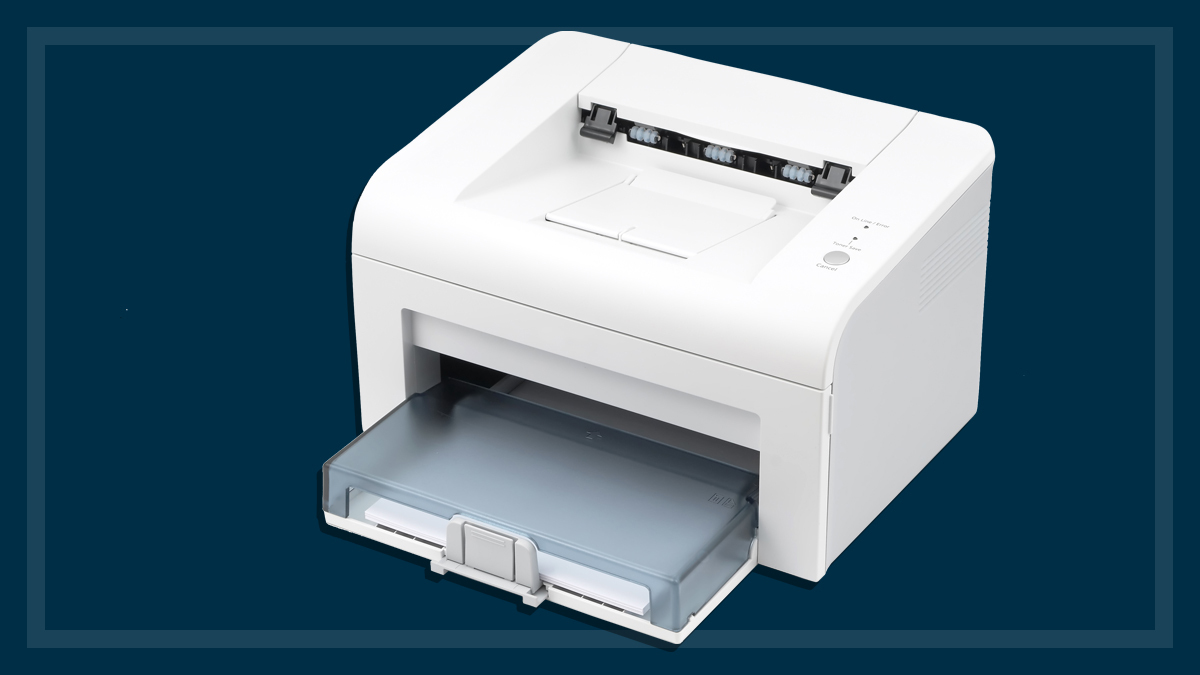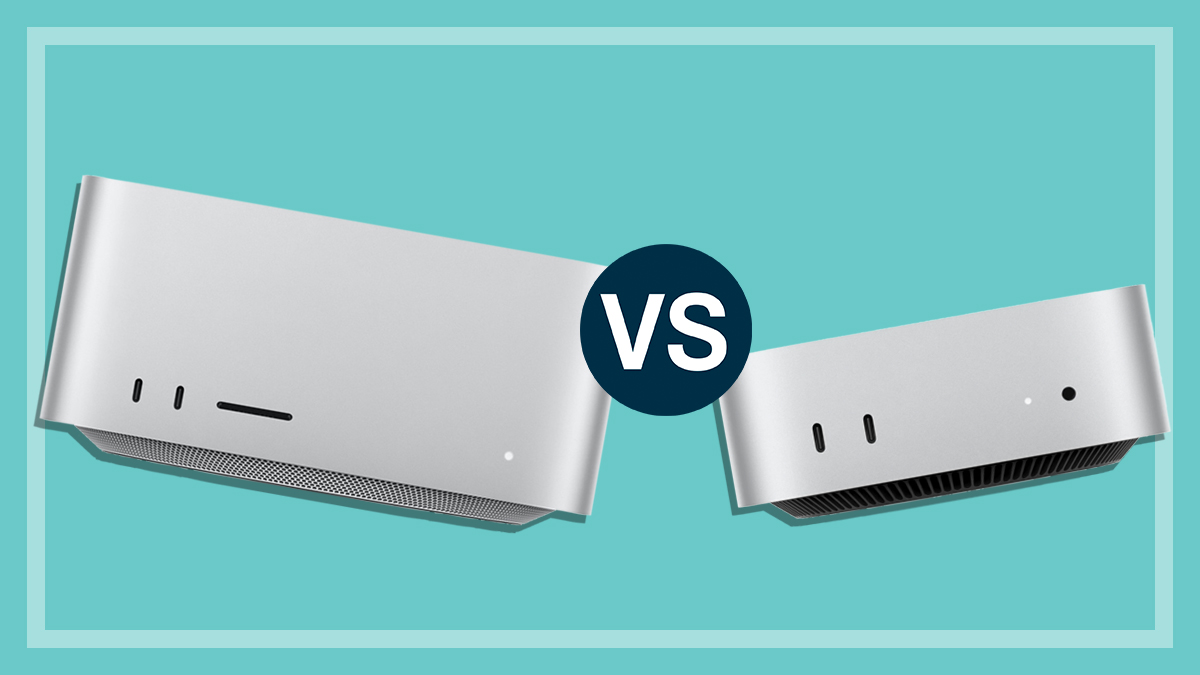Get our independent lab tests, expert reviews and honest advice.
Life hacks: Simple tech habits you should adopt right now
Our experts share their tips on how to use technology to make your life easier.
Last updated: 18 Feb 2022
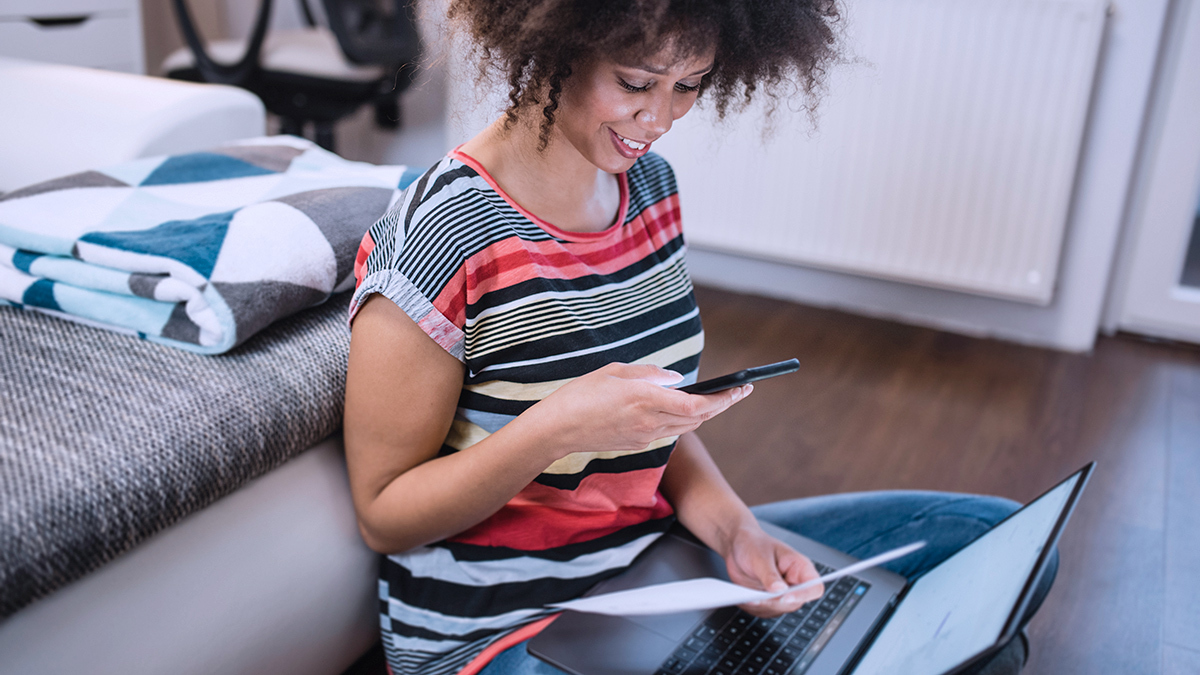
Technology is supposed to make our lives easier – but sometimes it doesn’t feel that way. But there are ways you can harness the power of technology to get back on top of life, or even just make life more pleasant.
On this page:
- Online security
- Real-world security
- Important documents
- Find the best deals online
- Using your devices
- Apps, sites and browsers to make your life easier
- Automate everything
- Sort out your home office
We asked CHOICE’s tech heads to share their tech habits to help make your life simpler, easier and safer. It’s an extensive not exhaustive list, but even if you only take on one or two of these habits, it’ll make your time online more of a joy and less of a burden.
Online security
- Worried about security? Go to HaveIBeenPwned.com to check if your email addresses have been compromised in a data breach. Some browsers now have this feature built in.
- Make sure the passwords for your email and other main accounts (such as Microsoft and Apple ID) are complex and secure – these services hold most people’s digital lives.
- Use a password manager to take the pain out of being secure online. Read our guide to How to find the best password manager.
Real-world security
- A cheap indoor Wi-Fi security camera (or several) can be installed inside the home to monitor it while you’re away and keep an eye on things, including your pets. Put one inside your garage and you’ll never have to wonder if you’ve driven off in a hurry and left the remote-operate door open.
- Put an old phone to good use by turning it into a dash cam. You’ll just need a charging cable, screen mount and a dash cam app.
- Likewise, you can turn an old phone into a smart indoor home camera. There are numerous apps that let you do this.

Important documents
- Scan or take photos of important documents so you’ll have soft copies of them in case they’re lost, stolen or destroyed.
- Keep copies of all digital files that you can’t afford to lose (documents, images, videos) in multiple places – on an external drive and in a secure cloud service (such as Microsoft OneDrive) if you can afford it.
- Receipts can fade, so scan any receipts that can be used for tax purposes or warranty claims.
- Check your photo storage and back up your phone regularly so you won’t lose everything if your phone dies.
- Sync your phone’s photos to a cloud service if you can afford it (and back them up locally if they are important). You can back up your photos to cloud storage manually, but make sure they’re not automatically ‘synced’ to the phone or they’ll disappear from the cloud if you delete them from your phone.
- Try an online writing assistant such as Grammarly to improve your writing as you go. It’ll give you tips and suggestions for grammar, spelling and general sentence structure – and it’s free.
Find the best deals online
- Use a price tracking tool such as CamelCamelCamel, ShopSavvy or PriceRunner that tracks a product’s previous prices, so you can figure out whether that bargain really is a bargain.
- Log into Choice.com.au whenever you’re shopping (online or instore) to make sure the product you’re buying is worth the money. You can filter our reviews by brand, price and other metrics to make it easier to find the best products for your needs.
- Use sites like Groupon to find cheaper deals on activities.
- Try browser plugins like Priceblink and Honey that will alert you to cheaper prices elsewhere, or apply discount codes to help you get a better price.
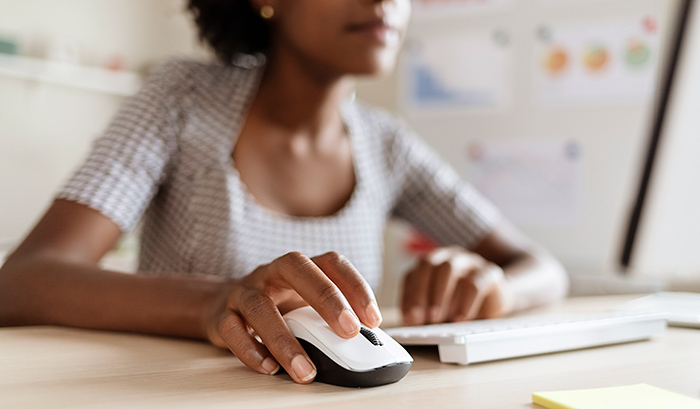
Using your devices
- Sick of holding down your mouse to scroll through long web pages? Use the spacebar to scroll one screen at a time (and ‘shift + spacebar’ to go back up).
- Emojis aren’t limited to mobile devices – you can use them on desktop computers, too. For Mac: press ‘control + command + spacebar’ to get the emoji menu. For PC: the latest version of Chrome has an emoji menu. Right-click anywhere you can type and click ‘Emoji’ in the menu to get them.
- Quickly reopen a closed web browser tab by pressing ‘command + shift + t’ on a Mac or ‘control + shift + t’ on Windows PC. Keep doing it to keep opening previously closed tabs.
- Use a multi-device wireless keyboard to switch between devices at the touch of a button for easier text entry. This lets you pair one keyboard and mouse with up to three different devices by pressing one, two or three.
Apps, sites and browsers to make your life easier
- Automate your investing using an app such as Pearler.com – it has an auto investing feature. You choose the ETF stocks you want to invest in, what percentages – and the app does the rest.
- If you’re interested in getting into shares but don’t have the knowledge or funds to get started, try something like CommBank Pocket – you only need small amounts of money to start.
- Use ad blockers, or even browsers with built-in ad blocking, to improve your online browsing and help avoid getting distracted by ads for things you may (or may not) want to buy.
- If you’re an iPhone user, make use of the Focus mode to set some boundaries around when you want to be contactable. For instance, you can set ‘Do not disturb’ times overnight so you don’t get messages at 2am (but you can choose which numbers can reach you for emergencies). You can send unknown numbers straight to voicemail so you can avoid dealing with scammers. You can also set a Work Mode where you only receive notifications relating to work (so you won’t get distracted by new Instagram stories, say, or game notifications).
- Yes, it is possible to get by using free apps and software (for the most part). CHOICE tech geek Alex Angove-Plumb breaks it down.
- You can use Linux as a free operating system instead of Windows, if you don’t want to pay for a new version of windows.
- Some sites make it difficult to get rid of an online account, burying the option in menus and settings – AccountKiller.com gives step-by-step guides on how to delete online accounts from popular websites.
- Losing sleep? The website sleepyti.me is a free but simple sleep cycle calculator that uses circadian rhythms to tell you the best time to go to sleep based on when you want to wake up.
- Need some quick white noise to help you focus on your work? Try the website Rainy Mood.
- The Insight Timer app has free meditations for adults and children. The children’s meditations often take the form of stories, so they’re great to play for your kids while they’re falling asleep.
- Don’t put up with a browser you don’t like. Check out some of the lesser-known browsers to see if they’re a good fit or you. If you’ve been using Chrome but want more control and customisation, try Vivaldi. If you don’t like Chrome, Edge or Safari, try Firefox.
Automate everything
- Put as many payments on direct debit as possible so you can’t forget to pay the bills (but do check the bills and bank statements to make sure nothing’s going amiss).
- Schedule regular payments to your bill accounts so that you never get ‘bill shock’.
- Don’t automate digital subscriptions – always check pricing before the renewal period and cancel or switch if you need to. It’s a good idea to shop around for some software, particularly security, antivirus and VPN software, as they’re often discounted to quite a bit less than an automatic renewal would cost.
Sort out your home office
- All the tech tips in the world won’t help you if your home internet is rubbish. Here’s how to improve your home internet speed.
- Tidy up your cables. You could use cable clips and runners, reusable cable ties and cable sleeves. Or try CHOICE technology editor Steve Duncombe‘s tip: use old toilet rolls to organise unused cables. You can easily label them on the outside so you know what’s what.
- You can use the spring from a ballpoint pen to wrap around the end of a charging cable to keep it straight so it won’t fray.
- Aside from technology choices, it’s important to set up your home office in a way that’s best for your physical and mental wellbeing. Here are our tips for setting up a home office. (Don’t forget to keep receipts for anything you buy with your own money – you may be able to claim it back through your employer and/or as a tax write-off.) And here are our tips for setting up a home office if you’re on a particularly tight budget.

